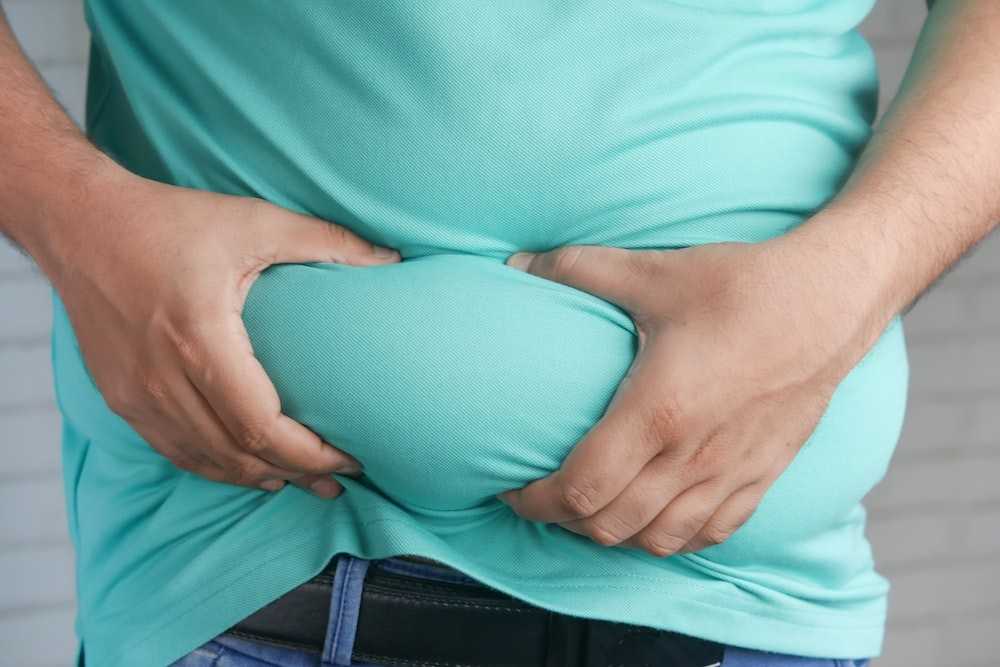We all know the health benefits of weight loss, and more importantly fat loss. However, with major weight loss, in case of obese individuals, specially at a faster pace, almost always results in a lot of loose skin, hanging around the body.

Though loose skin is not an issue in terms of health as such, but it is a common reason behind feeling of self-consciousness, especially when in public. This will ultimately lead to a negative body-image, and affect the overall quality of life of an individual.
Excessive loose skin can also pose a barrier to daily physical activity. The areas that bother the most are the abdomen, upper arms, and buttocks.
The skin is the largest organ in the human body and acts as the body’s first line of defence, protecting the internal organs from external trauma and pathogenic infections. It is composed of three layers: the outermost layer called the epidermis, the thicker and elastic middle layer called the dermis, and the inner layer called the hypodermis. The dermal layer is what gives skin its strength and elasticity due to the high contents of collagen and elastin fibres.
Viscoelasticity, a reversible deformation property, allows the skin to stretch to a certain physiological limit under physical stress and then return to its resting state once the load is removed. Sliding and realignment of collagen fibrils allows skin to deform while maintaining its integrity and preventing damage, while elastic fibres will return skin to its resting state after the external force is removed.
There are various factors which can alter the structural and mechanical properties of collagen and elastin in skin. For e.g.
- Biological factors – genetic reasons, cancer & aging,
- Physical factors – mechanical stretching, stretch marks etc.
- Environmental factors – excessive sun (UV) exposure, smoking
Skin is able to withstand certain amounts of physical force (measured as stress per unit area) by deforming (measured as strain or proportional deformation). Once the force is removed, skin returns to its resting state, which is possible due to the viscoelastic property of the skin. This biomechanical property of the skin is contributed by collagen and elastin fibrils.
A classic example would be general weight gain, or pregnancy, where the skin has to expand to make space for increased growth, and it has to remain in that position for quite some time.
In such cases, the collagen & elastin fibres get damaged. Studies have shown that, skin of the patients with massive weight loss is weak due to lower density and thickness of collagen fibres and damage to its elastic fibres.
Studies also showed that, structural dermis alterations in case of massive weight loss demonstrated collagenous remodelling, with consequent reduction of organized, structured, and directed fibres in favour of misaligned, and loosely arranged fibres. Weight loss was also associated with increased skin elasticity.
As a result of all this, the excess skin, post big weight loss, doesn’t go back to its original shape, and starts hanging. More the weight you gain, more stretched the skin proteins get, and higher the chances of loose skin.

In order to avoid excessive loose skin, post weight loss, or to improve body composition, after a massive weight loss, keep in the mind the following points:
- Focus on gradual fat loss, not weight loss. Aim should be to reduce fat percentage and build lean muscle mass, along the way. In simple terms, aim to get fit & strong, not thin & weak.
- Performing Resistance/Strength training is the most effective way to target fat, build lean muscle, prevent loose skin, and improve body composition.
- Take collagen supplements if needed. Though there aren’t any studies on effectiveness of collagen supplement on loose skin, post massive weight loss. But, there are many studies on collagen and its protective effects on skin aging, damage due to exposure to UV rays, reduce skin wrinkles.
However, in some cases, body-contouring surgery may have to be performed, to remove excessive loose skin. Such surgery is more common after weight loss surgeries like bariatric surgery. In some cases, multiple surgeries have to be performed over the span of 1-2 years in order to remove excess skin from different body parts.



